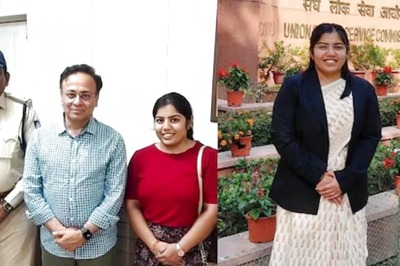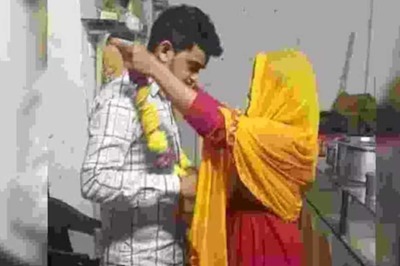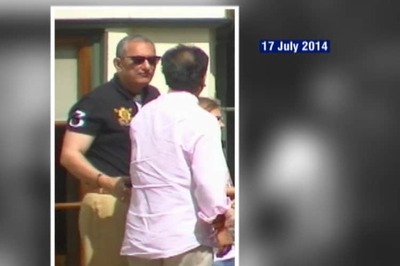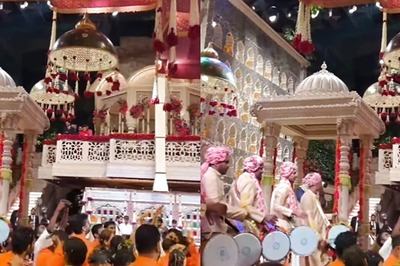
views
When we discuss politics of western Uttar Pradesh, the Jat community has a dominating presence. In northern India, Jats—Jat Sikhs, Hindu Jats and Muley Jats—reside in Punjab, Haryana, Rajasthan and Uttar Pradesh.
In Uttar Pradesh, Jats constitute 1.68 per cent of the total population. In western UP, they make up 18 per cent of the population in the region. Socially, Jats have no sub castes. They are organized in clans and each clan is settled in a cluster of villages. Their social and political lives are largely moderated by the khap system. Under this system, the clans are headed by chaudhuris and wazirs. The positions of chaudhuri and wazir are hereditary.
UP Next: Muslims Not a Homogeneous Bloc and Why a Section of Them Will Vote for BJP
Jats are a cohesive ethnic group and considered a social unit that votes en bloc during elections. They are known for their deep sense of community, which is often mobilized politically by parties of all shades. Largely engaged in agriculture, many Jats over a period of time have emerged as big, landed farmers in their region.
In western UP, regions like Meerut, Muzaffarnagar, Saharanpur and Bijnor have Jats as the dominant community. However, Gujjars, Rajputs, Tagas (Tyagis), Muslim Pathans, Jatavs, Valmikis and many other occupational communities also politically assert themselves on matters of development and governance in western UP. Jats, Rajputs, Gujjars, Jatavs and Muslims are competing communities in the politics of this region.
Since Jats are largely a farming community, they have also produced some of the tallest farmer leaders in the country. From Chhotu Ram and Charan Singh to Devi Lal and Mahendra Singh Tikait. The current peasant protest is also led by Jat farmer leaders, Naresh Tikait and his brother Rakesh Tikait.
Besides asserting their identity as farmers, Jats also take pride in their historical legacy. The heroism of Suraj Mal, Raja Mahendra Pratap Singh is often discussed at choupals.
The Political Choice of Jats
Jats politically supported Charan Singh for a long time and also formed the vote base for his son Ajit Singh. However, after the Ram Janmabhoomi movement, there was a shift towards the Bharatiya Janata Party (BJP)—a section of Jats took on the Hindutva identity in addition to their identity as farmers. As a result, the Jat politics of Ajit Singh and his son Jayant Chaudhary took a hit in western UP.
Narendra Modi-led BJP gained popularity among Jats in the government’s first term. In the second term, the three farm laws brought in by the central government have caused dissension within the Jat community, with many of them protesting against them.
UP Next: Caste Census Demand Reflects the Crisis in India’s Social Justice Politics
Some political analysts are of the view that many Jats could return to the Rashtriya Lok Dal fold—the party founded by Ajit Singh and which is now being run by son Jayant. Jayant has tried to associate himself with the ongoing farmers protest in a bid to win over Jats, the party’s core voter base.
But the BJP is also trying hard to heal the community’s wounds in three ways. First, by glorifying Jat icons in whom the community takes pride. Prime Minister Narendra Modi recently laid the foundation for a university named after Raja Mahendra Pratap Singh in Aligarh. Second, Uttar Pradesh government has enhanced the purchase price for sugarcane, which to some extent could check the anger against the party. Third, the BJP has also initiated community outreach through its Jat leaders.
There is not much time left for the UP Assembly election. It will be interesting to see who gets the support of this community in western UP, the BJP or the RLD.
Badri Narayan is professor and director of GB Pant Social Science Institute, Prayagraj, and the author of ‘Republic of Hindutva’. The views expressed in this article are those of the author and do not represent the stand of this publication.
Read all the Latest News , Breaking News and IPL 2022 Live Updates here.




















Comments
0 comment